In 2020, a song called “Mohe Dance Hall” went viral on the internet, once again drawing attention to Mohe, China’s northernmost city. Many people may have heard of Mohe due to the infamous “5.6” Great Khingan Mountains wildfire in 1987. More than 30 years later, the healed wounds were suddenly reopened by a popular song, which was quite unexpected.
As China’s northernmost city, Mohe has long been a popular tourist destination. Visitors come to Mohe to find the north and check in at China’s northernmost point. Some tourists also go to Mohe to see the aurora borealis. Coincidentally, there is a line in the lyrics of “Mohe Dance Hall”: “I have never seen a village where the aurora appears.”
In fact, it is not easy to see the aurora in Mohe, as the probability is extremely low. The aurora usually appears between 11 pm and 2 am the next day. On a night with temperatures reaching minus 30 or 40 degrees Celsius, waiting for a light that is unlikely to appear is something most people may not be able to do. However, whether or not you can see the aurora, Mohe is still a worthwhile northernmost small city to visit.
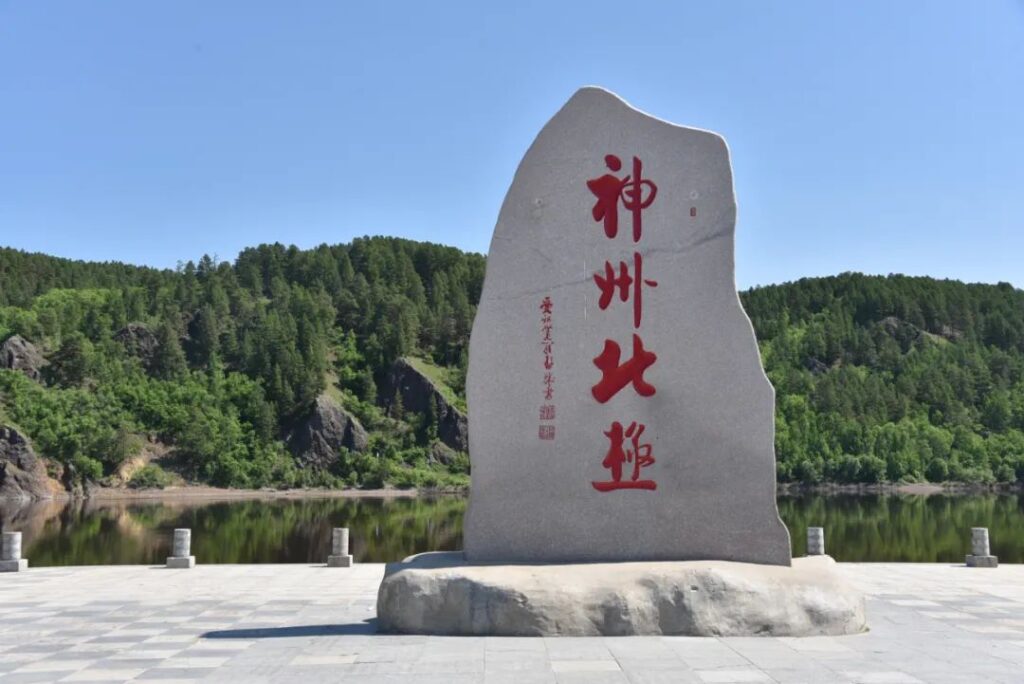
Tourists who go to Mohe are basically looking for the north, and they generally visit the following places:
Arctic Village (actually Arctic Town): A 5A-level scenic spot with an entrance fee of 68 yuan, a scenic spot bus ticket of 30 yuan (if you don’t buy a bus ticket, your legs will be exhausted from walking), and a parking fee of 10 yuan. This is a must-visit place for the vast majority of tourists. Visiting the Arctic Village is essentially various forms of “finding the north,” such as the northernmost post office, the northernmost household, and the northernmost sentry post. The Arctic Village is 76 kilometers away from Mohe’s urban area, and it takes about 1 hour to drive there.
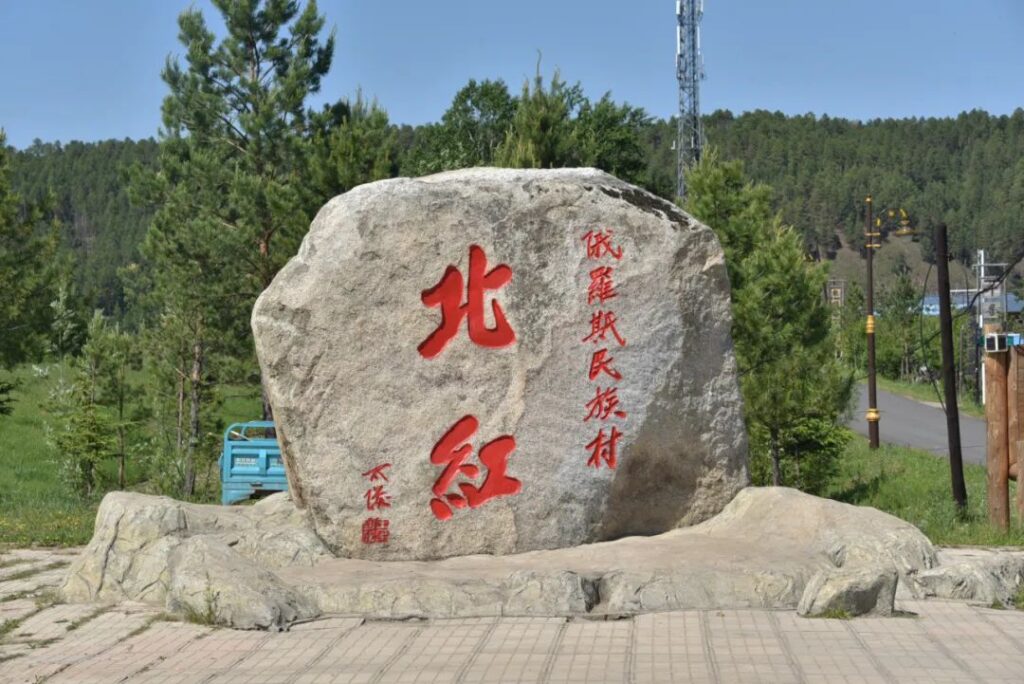
Beihong Village: Administratively, it belongs to the Arctic Town, and it is actually China’s northernmost village. However, due to its late tourism development, its popularity is far less than that of the Arctic Village. The road into the village is also relatively narrow, making it inconvenient for large tourist buses to enter. Therefore, it can only be reached by self-driving. There is no entrance fee for Beihong Village, and it is a relatively pristine small village. It is about 120 kilometers away from Mohe’s urban area, and it takes more than 2 hours to drive there.
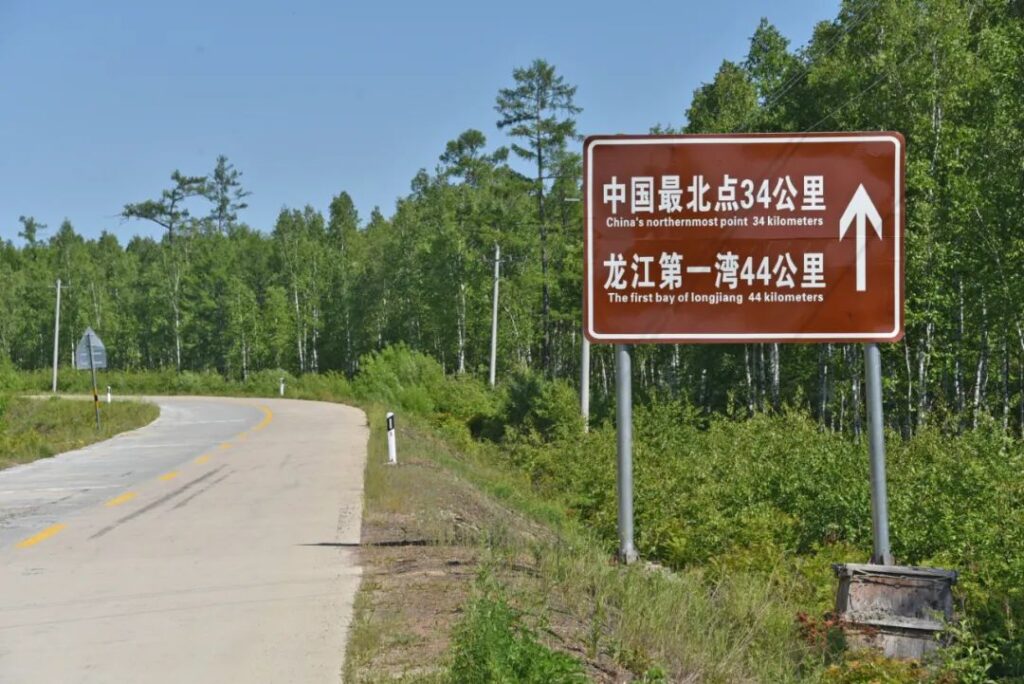
China’s Northernmost Point: Located on the Wusuli Kalun Shoal, its geographical coordinates are 123°15’30” East and 53°33’42” North. There is a stone with the words “China’s Northernmost Point” written on it. Now, this place has been incorporated into the Longjiang First Bay Scenic Area, with an entrance fee of 50 yuan and a bus ticket of 60 yuan.
You have to transfer to the scenic area shuttle bus more than 10 kilometers away. If you don’t have to check in at the northernmost point, the cost-effectiveness of this place is too low. The “China’s Northernmost Point” is 170 kilometers away from Mohe’s urban area, and it takes more than 3 hours to drive there.
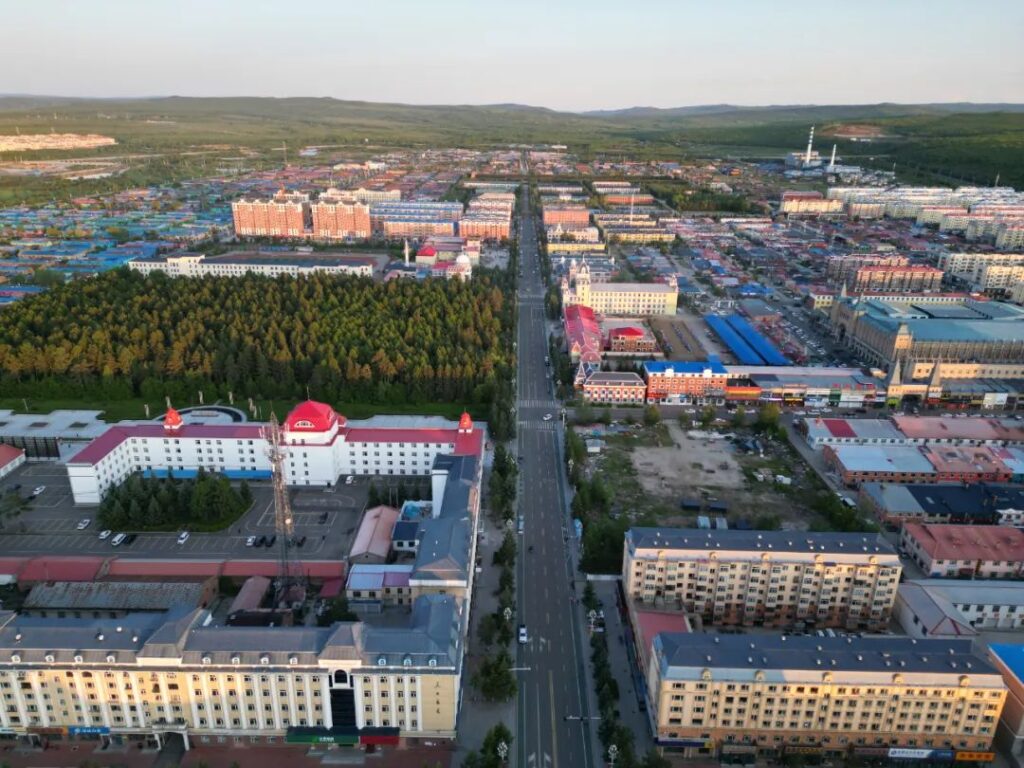
Mohe City is very large, with a total area of 18,427 square kilometers. Mohe City is also very small, with only a few streets in the urban area. If you drive a car, it takes no more than 10 minutes to go from east to west and from south to north. Today, let’s first take a look at Mohe’s urban area.
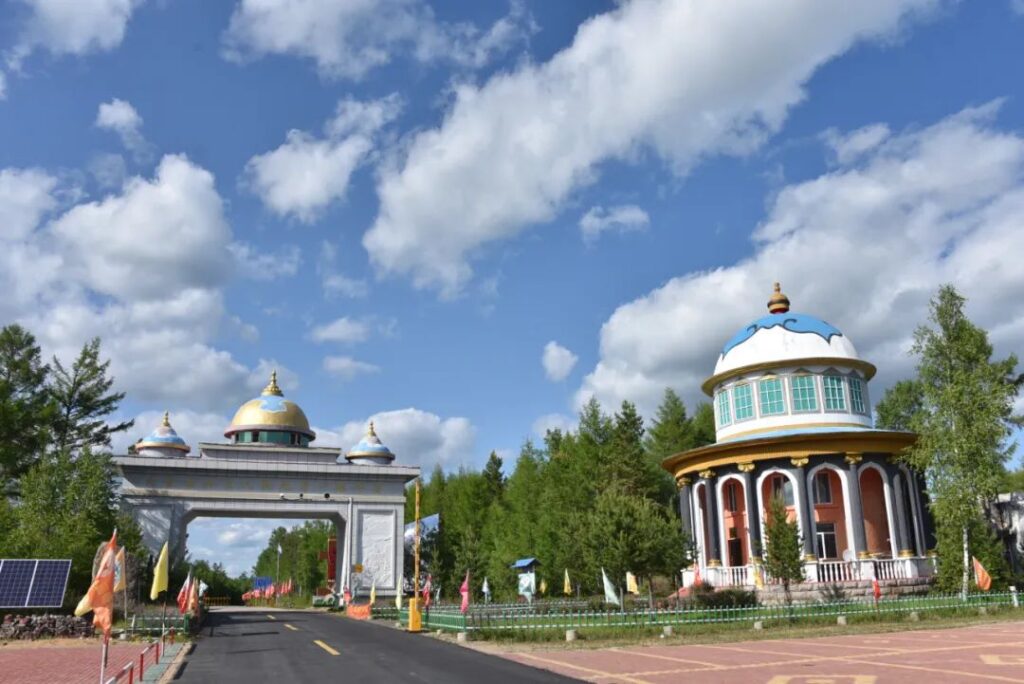
Self-driving tourists arriving in Mohe generally take three routes. From west to east, they are S219 from Genhe City, G111 from Tahe County, and G331 from Huma County. Coming from Genhe, when you see this Mongolian yurt-topped gate, you have reached Mohe.
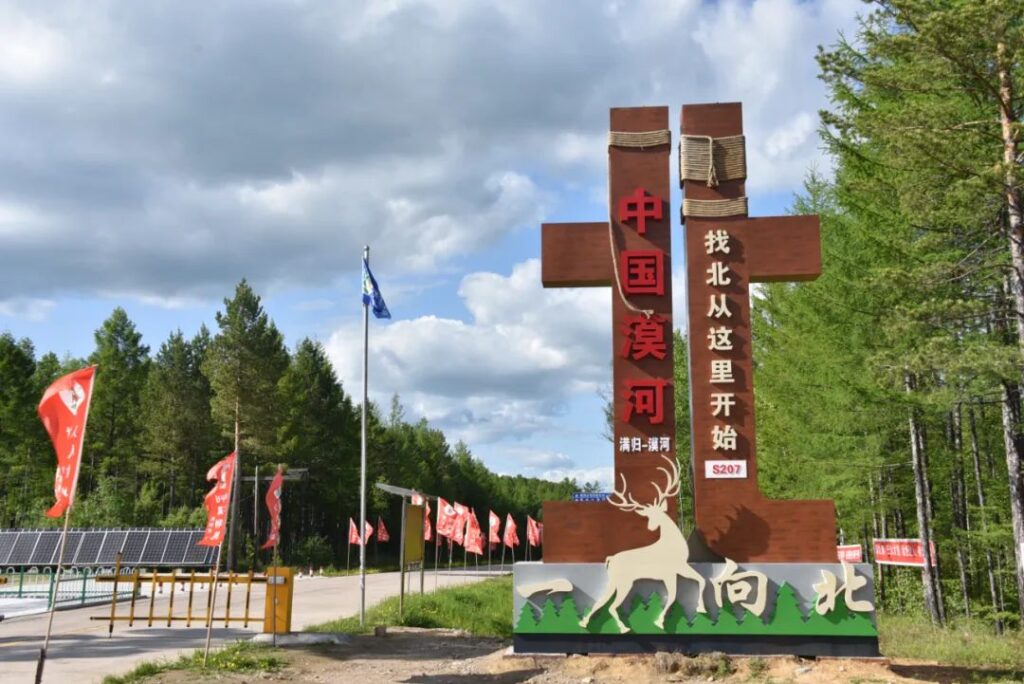
This is the border between Mangui Town in Genhe City and Mohe, as well as the border between Inner Mongolia and Heilongjiang. From here, heading north, the journey to find the north begins.
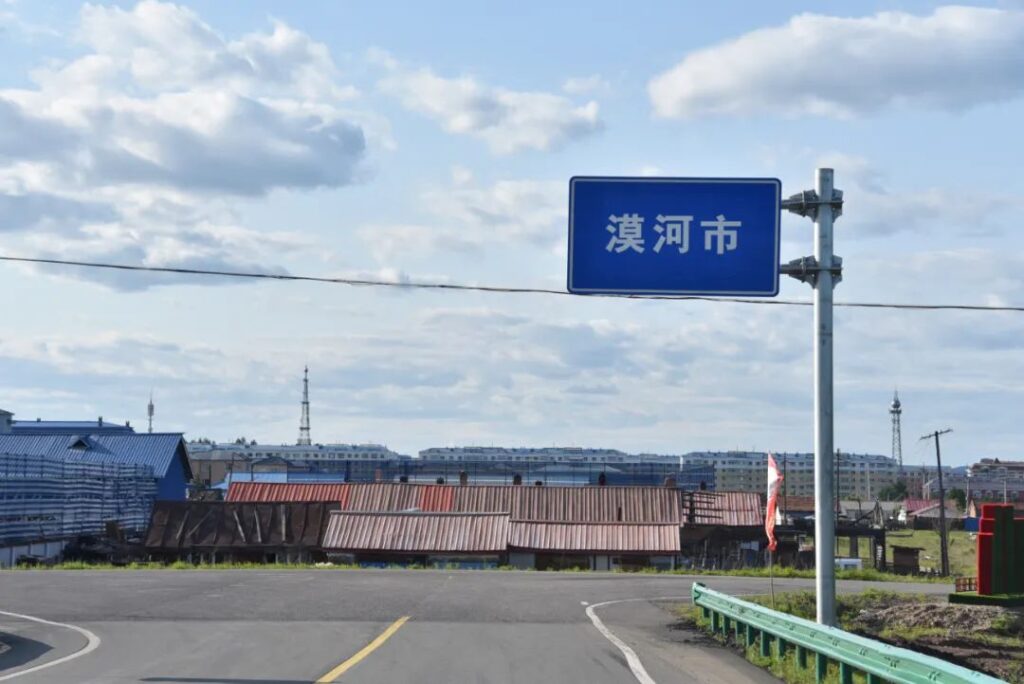
To be honest, when the road sign of Mohe City appears, it is still a bit exciting. Finally, we have arrived at China’s northernmost city, a city that we have heard about in geography textbooks since childhood.
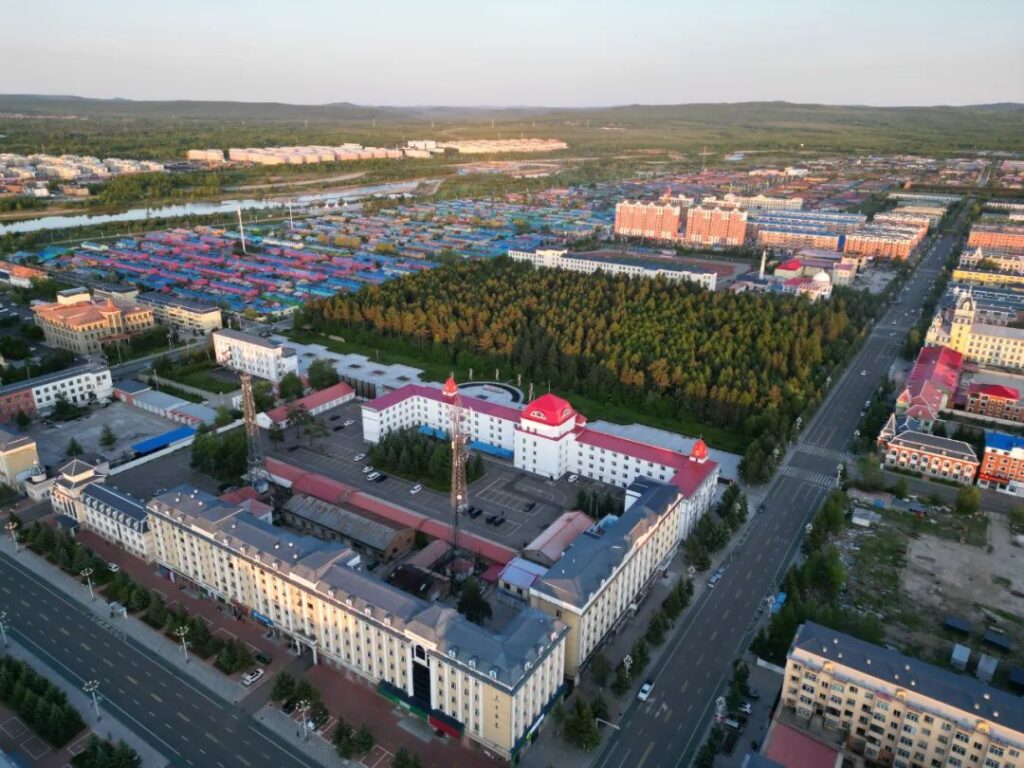
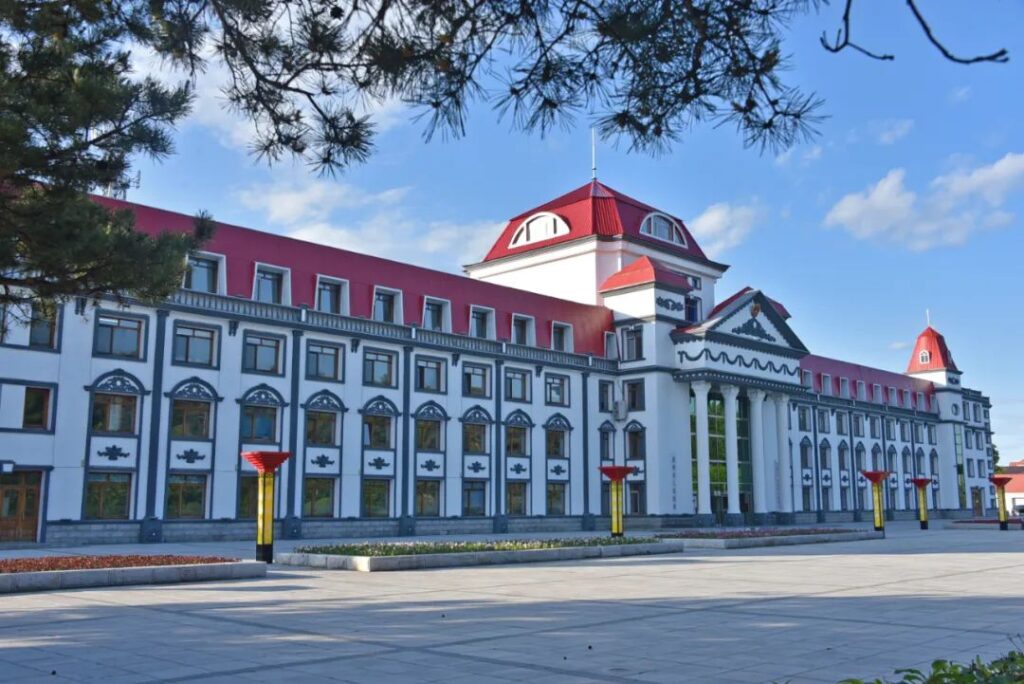
Mohe is a city in the forest, located at the northern foot of the Great Khingan Mountains. Not only is it surrounded by forests, but in the central area of the city, there is also a large forest directly in front of the red-roofed municipal government building.
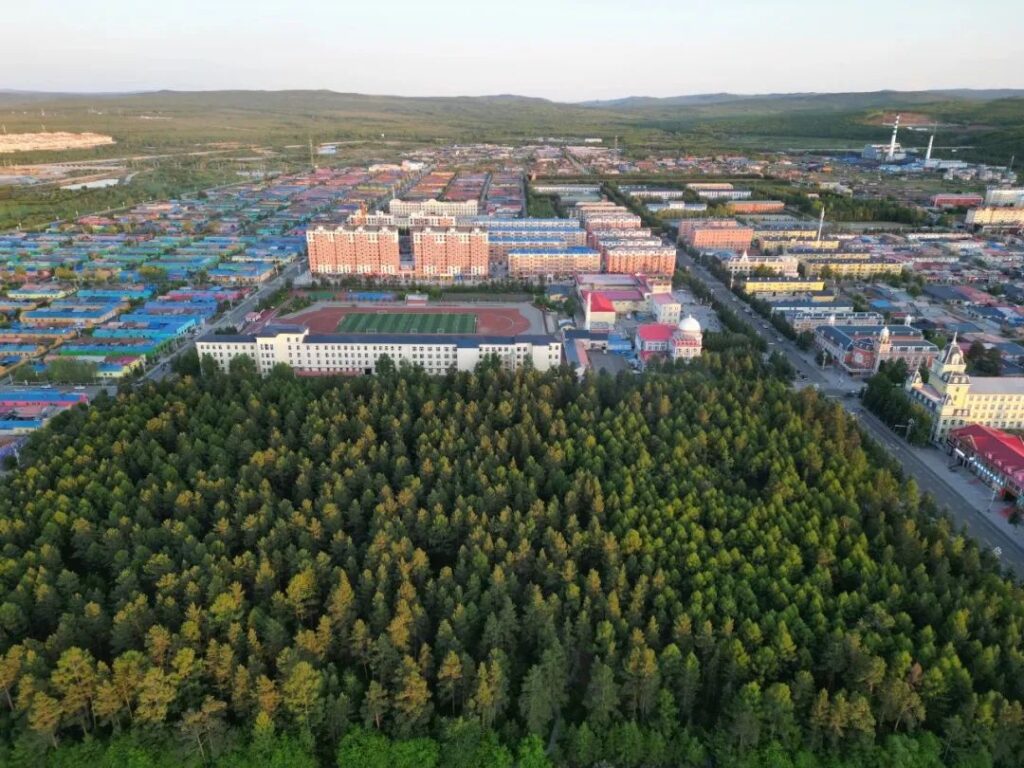
This forest is called the Songyuan Virgin Forest Park, a piece of virgin forest that was specially preserved when the county town was first built. In the great fire of 1987, this forest miraculously survived, making people cherish it even more. Now, it has also become a major attraction in the city of Mohe.
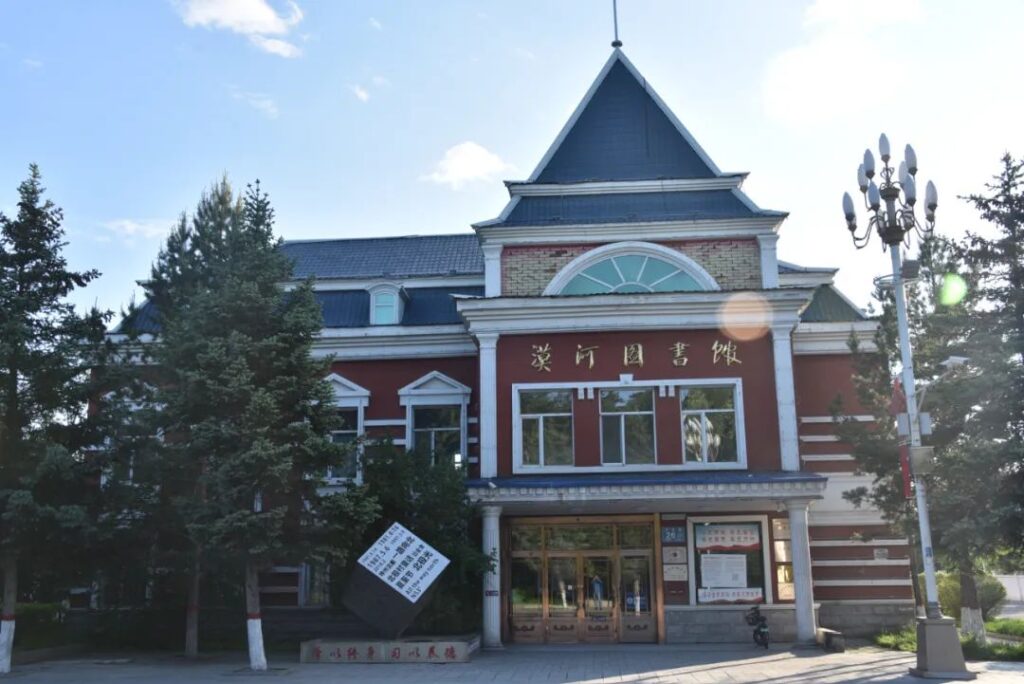
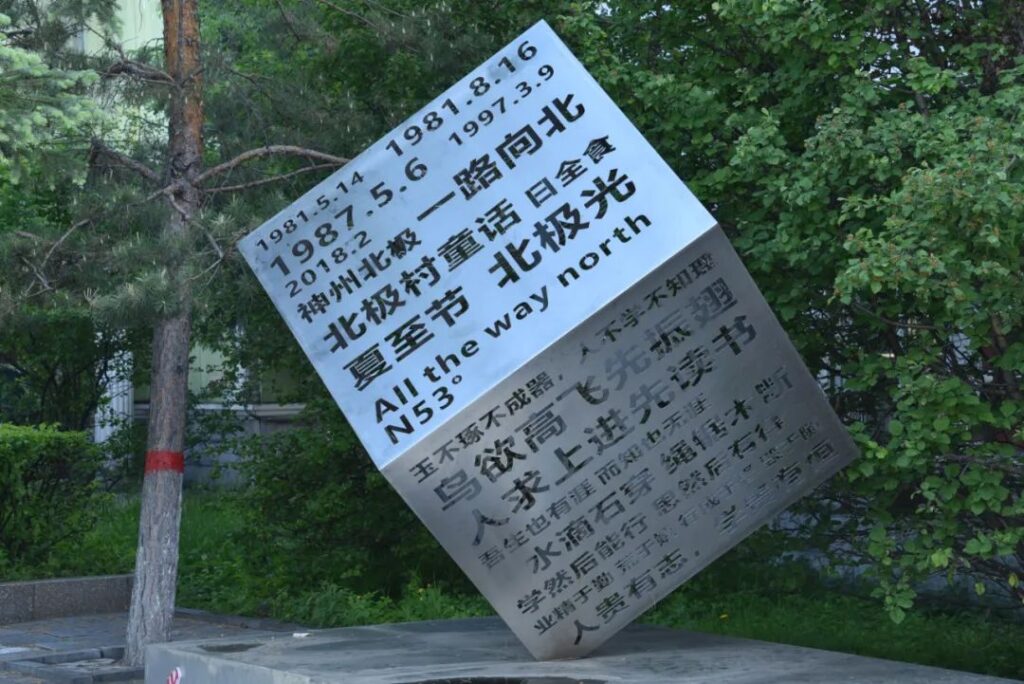
Next to the Songyuan Virgin Forest Park is the Mohe Library. On the sculpture in front of the door, there are some dates and text. Each date has historical significance. For example, May 14, 1981 is the day when Mohe was established as a county, and March 9, 1997 is the day when a rare total solar eclipse occurred in Mohe.
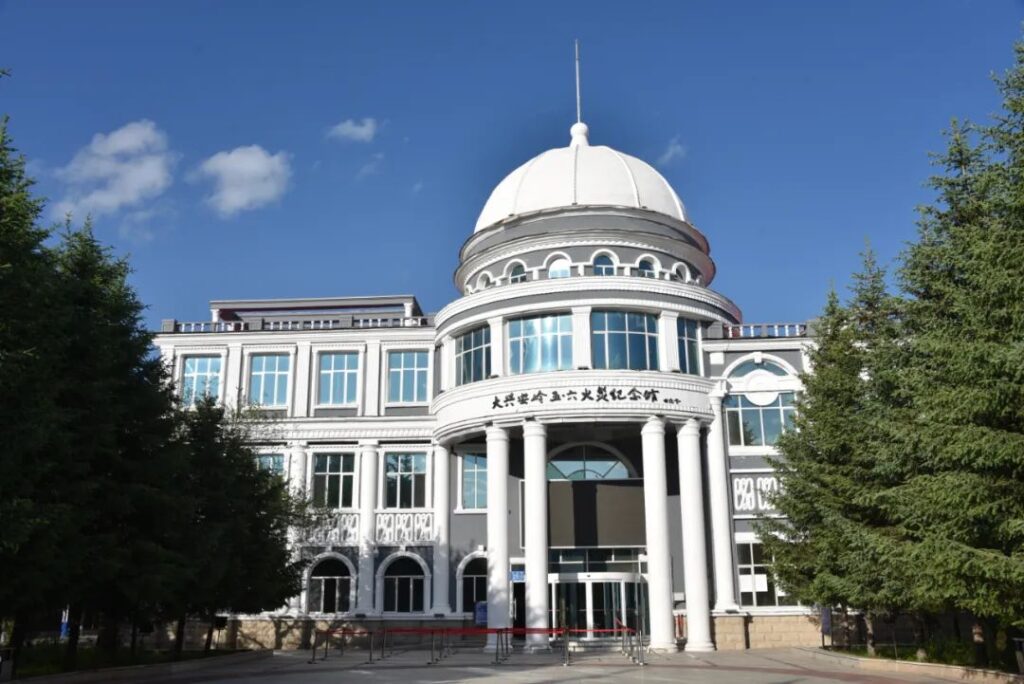
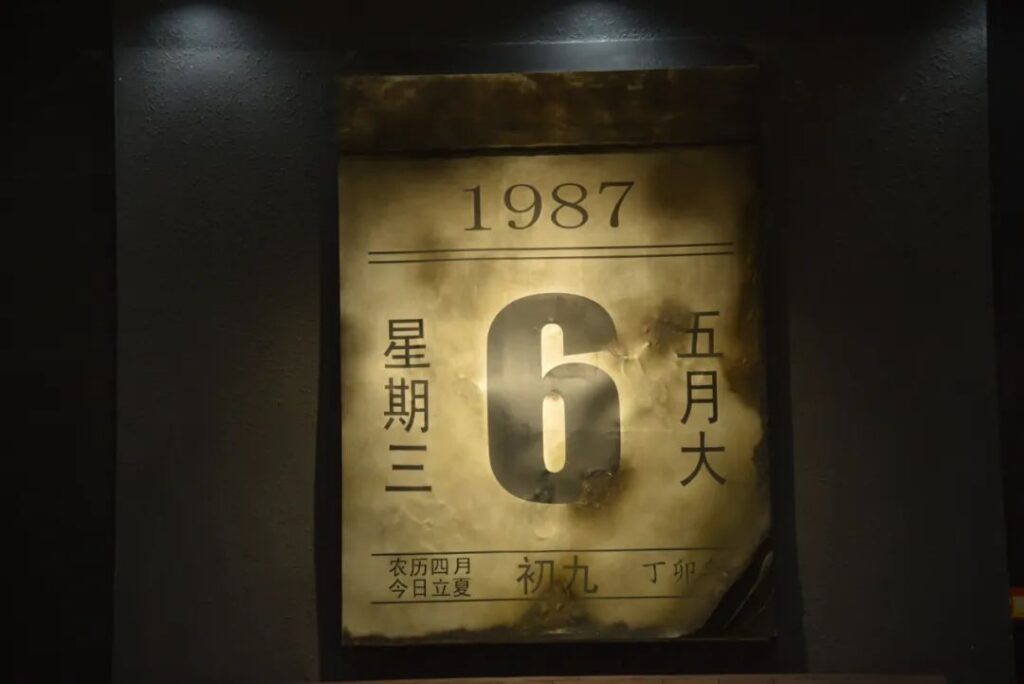
For the people of Mohe, the heaviest date is definitely May 6, 1987. On this day, fires broke out simultaneously in many parts of the Great Khingan Mountains, causing the most serious catastrophic forest fire since the founding of New China. The fire burned for 28 days, killing 211 people and injuring 266. Therefore, when you come to Mohe, be sure to visit the Great Khingan Mountains 5.6 Fire Memorial Hall to learn about that fire that shocked the whole country at that time.
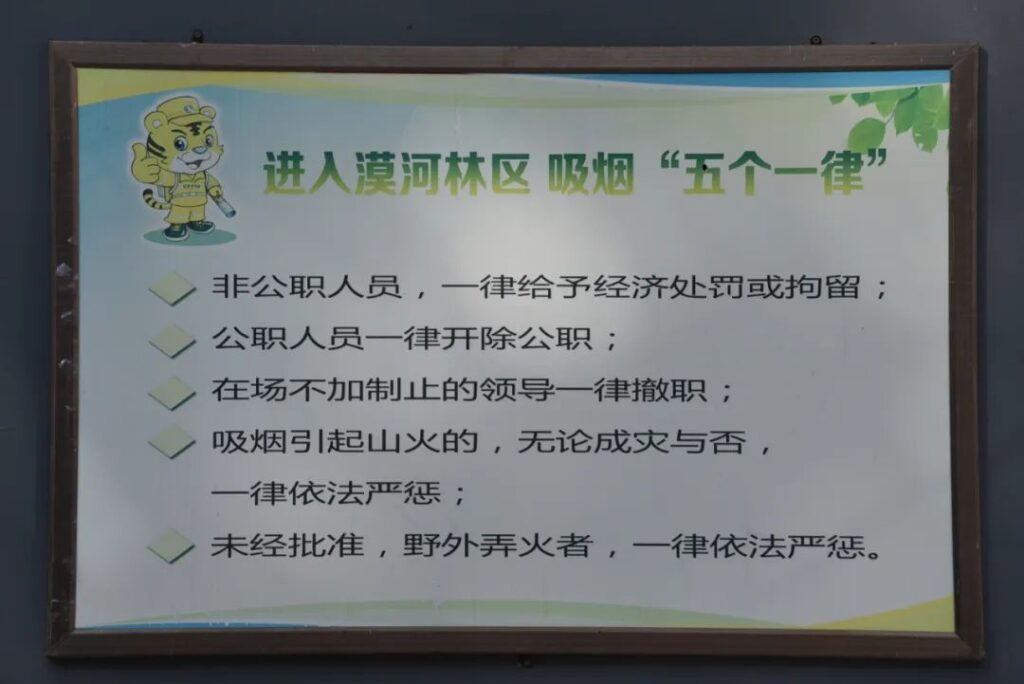
Even today, Mohe has the strictest regulations on forest fire prevention. During the fire prevention season, even if you are driving on the forest area highway, you will be subject to many inspections along the way. The plastic buckets filled with fire-extinguishing water sources, spaced every few hundred meters, are probably the most densely arranged fire prevention facilities I have seen in forest areas. In short, remember not to smoke when entering the forest area.

Speaking of the Great Khingan Mountains fire, one cannot help but mention Mohe’s new check-in spot, the Mohe Dance Hall. In December 2019, folk singer Liu Shuang went to Mohe for inspiration. As he passed by, he was attracted by the retro music coming from the dance hall. Upon entering, he discovered an elderly man dancing alone. After talking with the elderly man, he unearthed a touching love story.

The elderly man, named Zhang Dequan (pseudonym), lost his wife in the catastrophic Great Khingan Mountains forest fire of May 6, 1987. For decades since then, the elderly man never remarried and had no children. He often went to the dance hall to dance alone, cherishing the memory of his late wife who loved dancing.
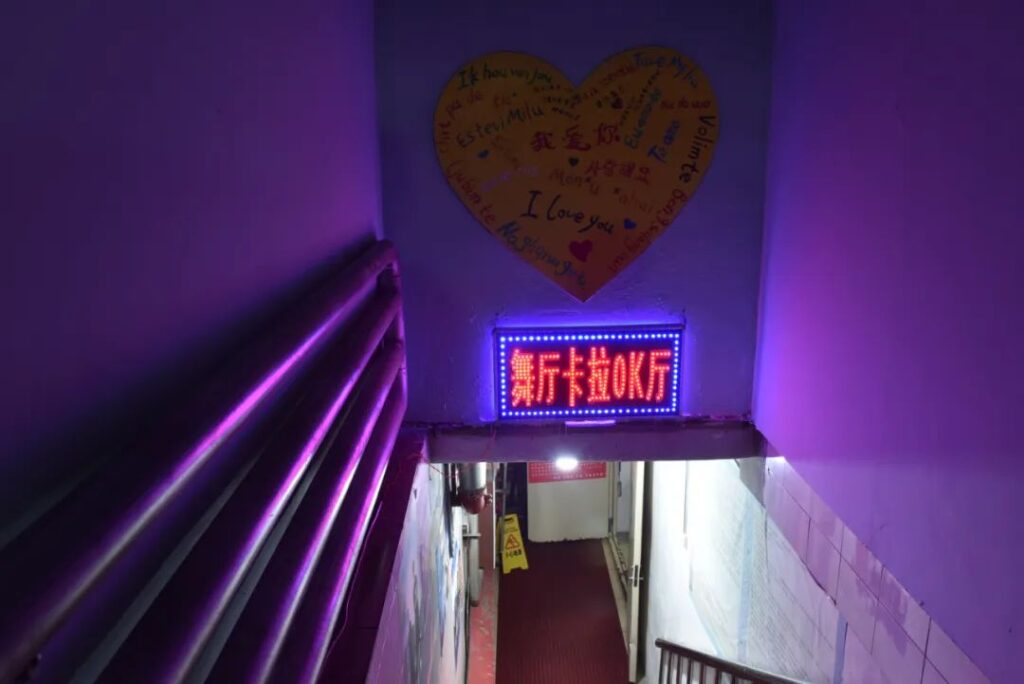
After returning to Beijing, the talented Liu Shuang wrote a letter titled “Farewell, Evening Star” to Zhang’s late wife, Mrs. Kang, from the perspective of the elderly man. He also created a song called “Mohe Dance Hall,” which later became popular throughout China. “Farewell, Evening Star” was beautifully written with sincere emotions, while “Mohe Dance Hall” had a beautiful melody that was catchy. Coupled with the tragic love story behind it, it would be strange if this song did not become popular. For a while, I also frequently listened to this song on repeat.
However, when we arrived, we did not hear the melody of “Mohe Dance Hall.” Instead, a group of Northeast Yangge dancers were performing enthusiastically at the entrance of the dance hall. The melody was equally catchy, and I thought to myself, if Mrs. Kang had not passed away in 1987, she might also be here dancing Yangge now.
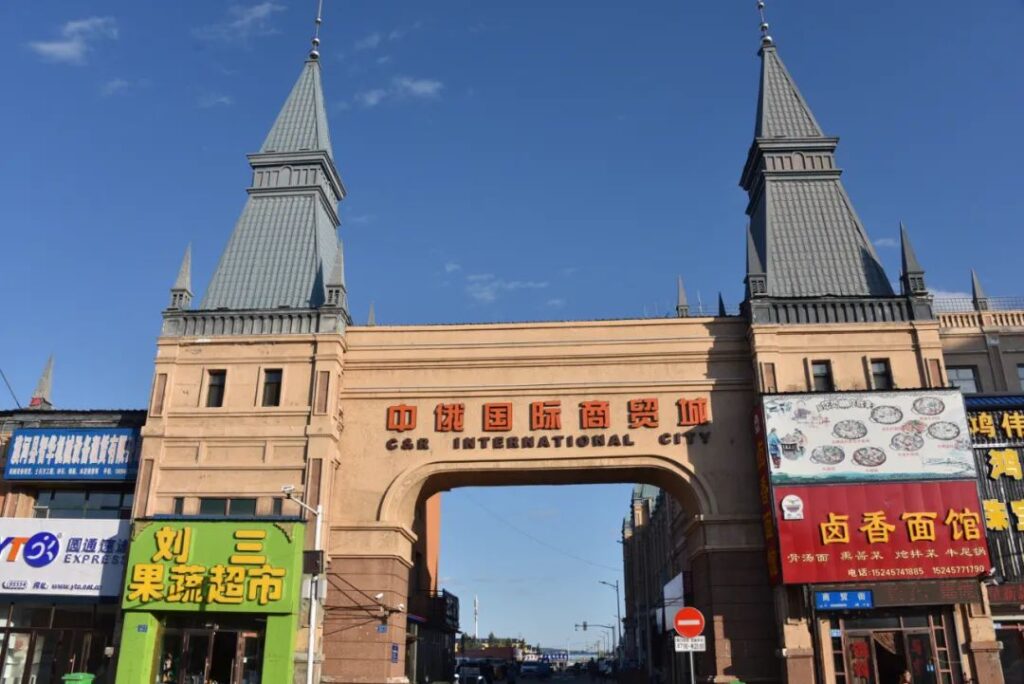
Next to the Mohe Dance Hall is the China-Russia International Trade City, which is the center of Mohe’s urban area and the most concentrated place for food and accommodation.
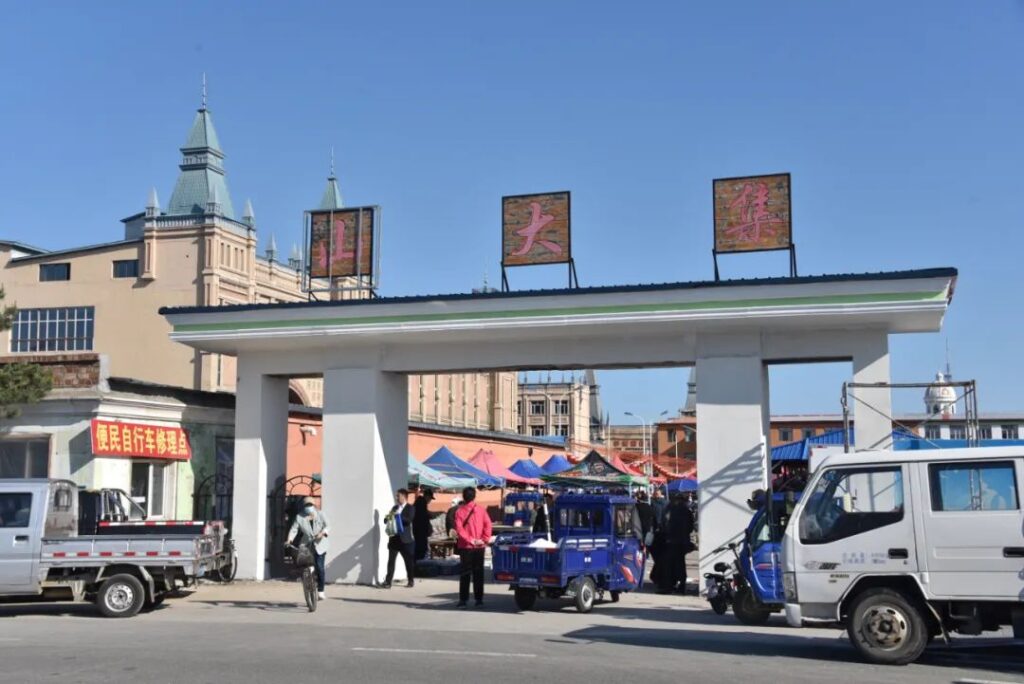
Mohe’s morning and night markets are also located in the China-Russia International Trade City. The scale is relatively small. Although Mohe is famous, its population is actually not large, with only around 60,000 people in the entire city, and it is decreasing year by year. As a tourist city, the urban area is quieter than one might imagine.
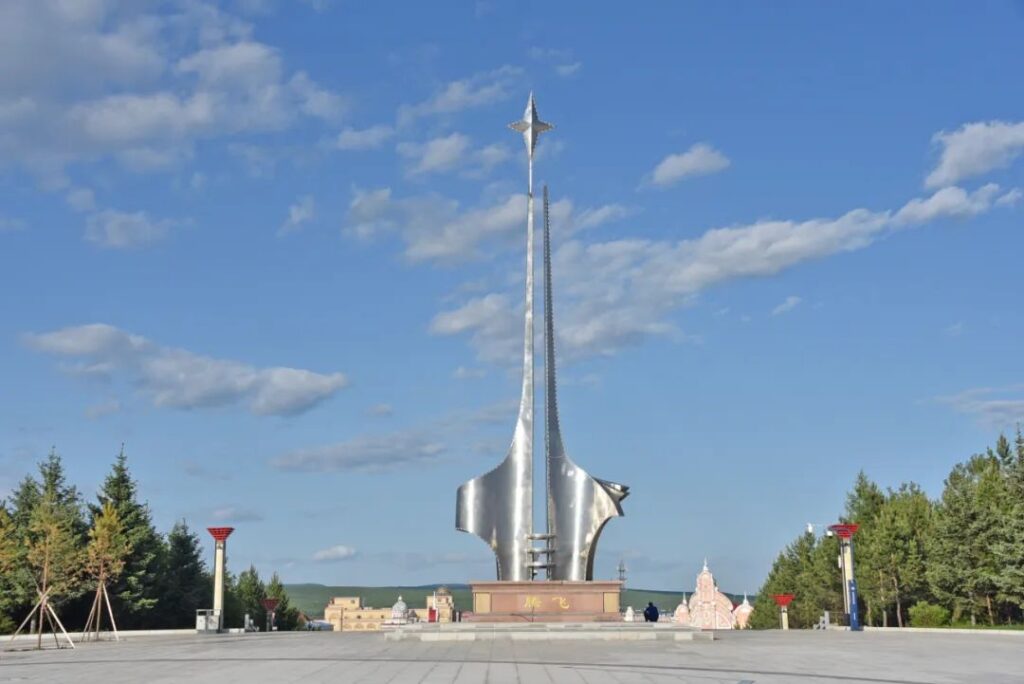
There are a few other places worth visiting in Mohe’s urban area. One is the North Star Square, located on a hillside, requiring climbing several hundred steps. The sculpture is probably the reason for the square’s name.
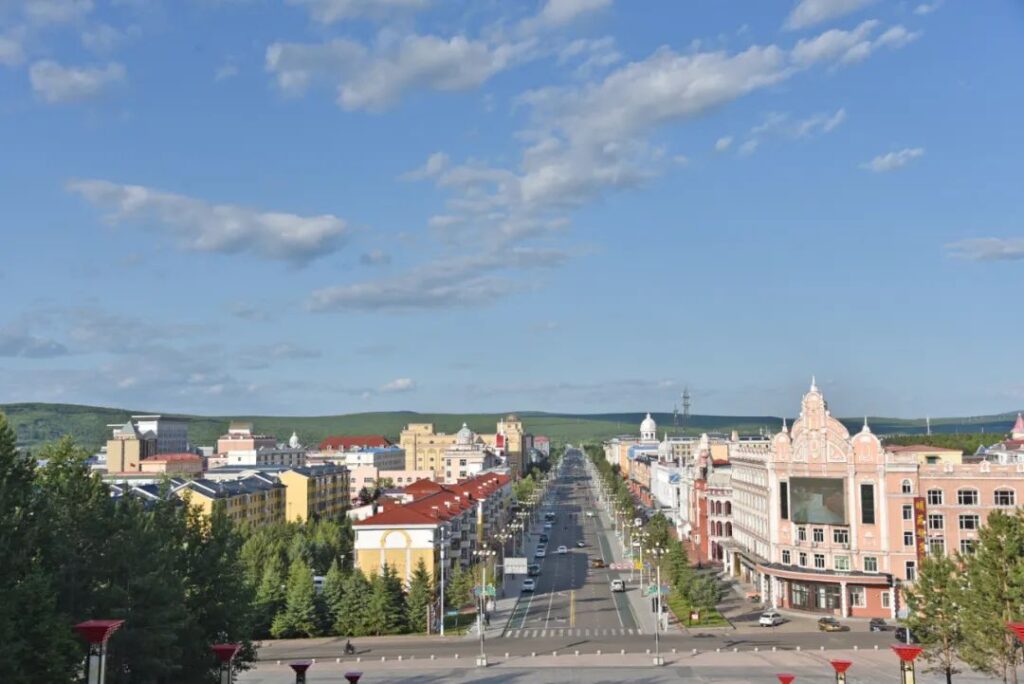
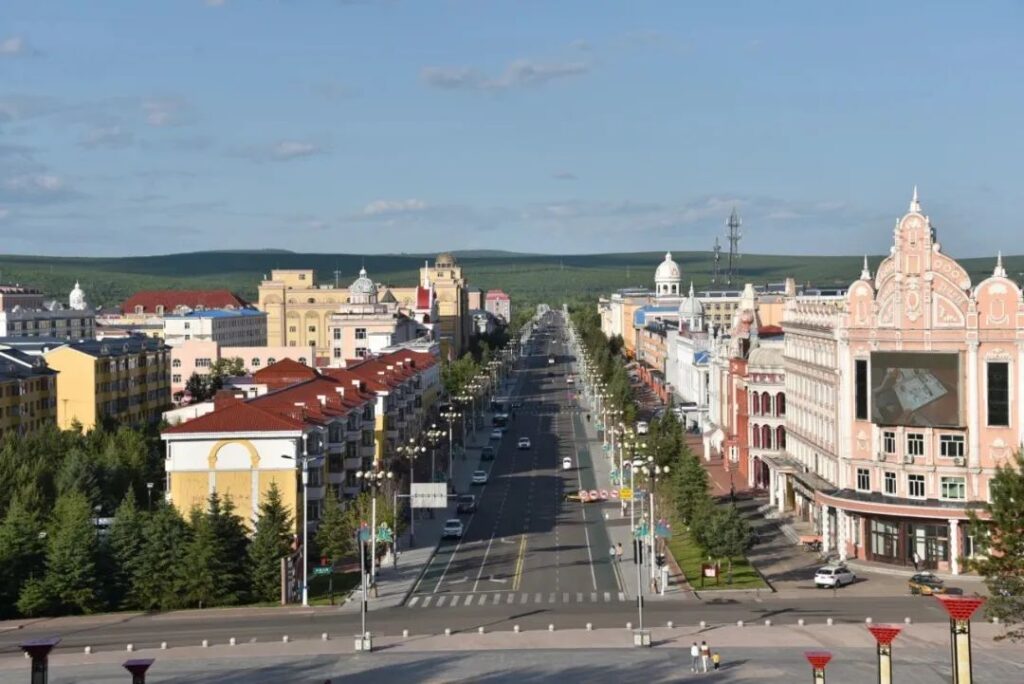
The North Star Square is situated on high ground, making it the perfect spot to overlook Mohe’s urban area. Many of the photos of Mohe’s urban area that you see online are taken from this location.

Another place is the China Arctic Mosque. The mosque was built in the 1980s. During the “5.6” Great Fire, besides the Songyuan Virgin Forest Park, the mosque, outhouses, and cemeteries in Mohe’s urban area were not burned. People summarized it as follows: The Songyuan Forest did not burn because it was an auspicious place, and the fire demon could not bear to destroy it; the mosque did not burn because of Allah’s majesty, and the fire demon did not dare to do so; the outhouses did not burn because they were filthy places, and the fire demon disdained them; the cemeteries did not burn because they were of the same kind as ghosts and demons, and the fire demon did not violate them.
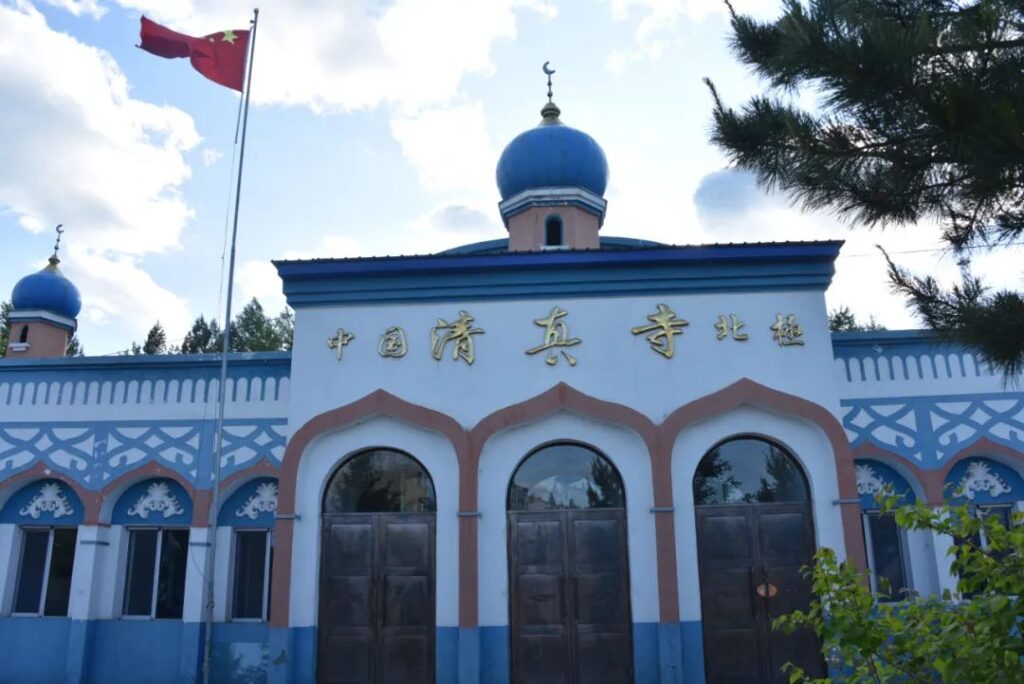
Actually, what I am more curious about is why there is a mosque in a city like Mohe, which is located north of Northeast China and has never been a place where Hui people reside.
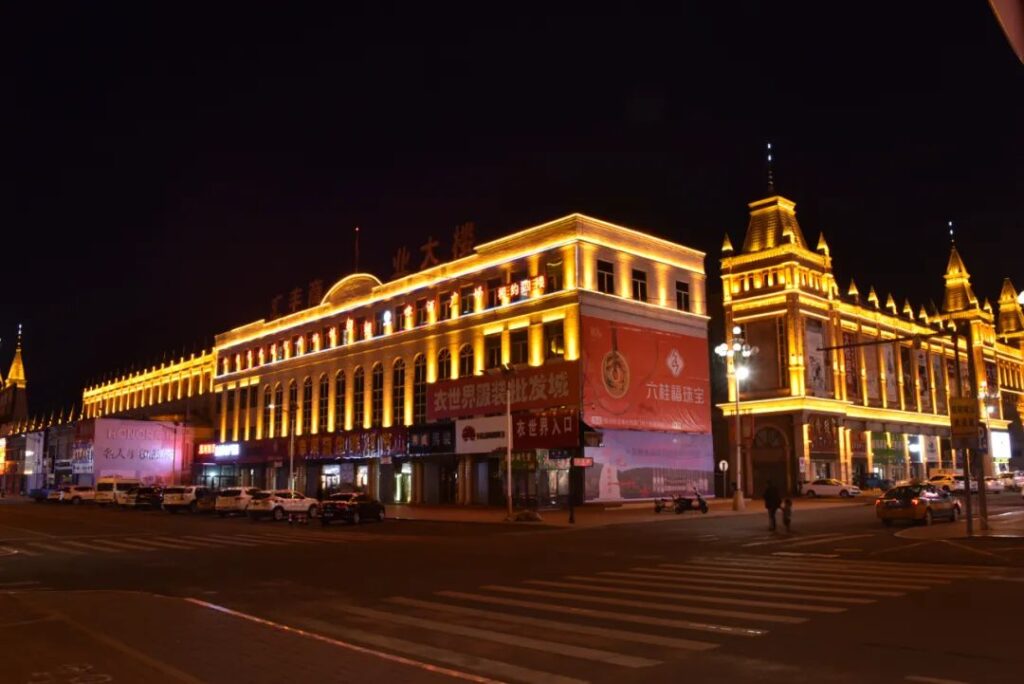
As China’s northernmost city, Mohe’s nights are also a bit quiet. This is probably one of the most central intersections in the urban area. During the peak tourist season, it is already deserted before 9 o’clock in the evening. One can imagine how it is in the winter. Mohe is very famous, but it really lacks popularity.
Mohe is a city that you have heard of in geography class since childhood. It is also China’s northernmost city that the vast majority of Chinese people have never been to. Mohe’s history as a city is not long. It was established as a county in 1981 and upgraded to a county-level city in 2018. The sky here is clear, and the air is fresh. It is a beautiful and peaceful small city. Although the urban area is not large, it is well-equipped and serves as a transit station for surrounding attractions and cities. My impression is that for such a famous city, its popularity is not very high, while the Arctic Village actually has quite a lot of tourists. The cities at the “cockscomb” of China are quite far apart. Tahe County, the closest to Mohe, is also 200 kilometers away. In densely populated Hebei and Shandong provinces, this distance could fit 10 counties.





